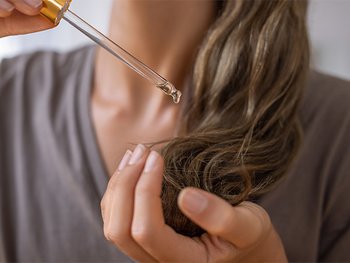The Best Tips for Protecting and Fixing Damaged Hair
Somewhere along the line, you wound up with damaged hair. Maybe it lacks shine, falls flat or looks dull, feels coarse to the touch, or always gets the frizzies. We got you! Here are the best tips on how to fix damaged hair and stop it from coming back.








